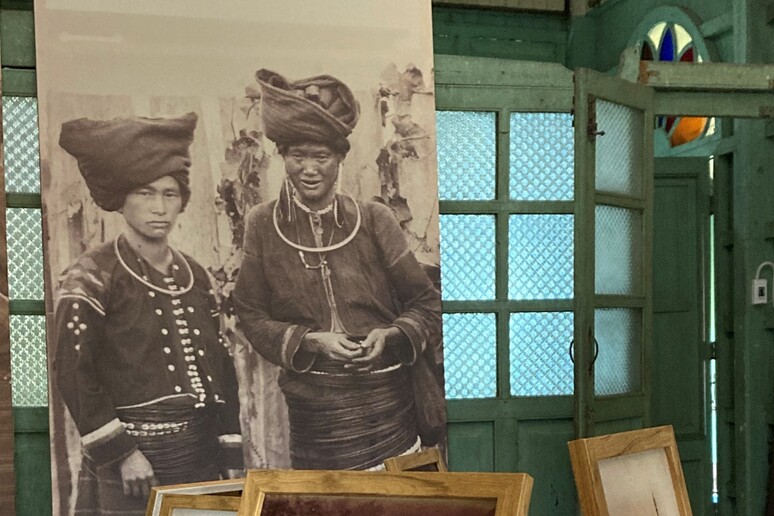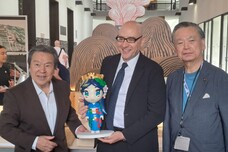The Italian Embassy in Yangon opens an exhibition on the work of photographer Felice Beato in Myanmar on 30 November. The exhibition 'Rethink Beato: from Italy to Burma (1832-1909)' retraces the footsteps of Felice Beato, the Italian-born photographer who captured the spirit of Myanmar during his stay in Mandalay from 1887 to 1905. The images captured by his lens in Burma and other countries allow one to step back in time. Beato was one of the pioneers of the nascent art of photography. During his peregrinations between the Near and Far East, Beato documented historical events such as the Crimean War in 1855, the Indian uprising of 1857, the Second Opium War in China, the US naval expedition to Korea in 1871 and the British colonisation in Burma, anticipating photography's destiny to become both the most powerful tool for witnessing the truth and building propaganda in times of war. With his shots, the artist fuelled not only the West's desire for exoticism, but also the desire of the Japanese and Burmese upper classes to be immortalised through the innovative Western medium of photography.
"In presenting Beato's photographic corpus in Myanmar," explained Nicolò Tassoni Estense, Head of Mission of the Italian Embassy in Yangon, "we intend to contribute to the overall effort of Myanmar Photo Archive and various other private institutions and citizens to preserve, promote and transmit Memory. This effort is all the more important because the country's fragmented and troubled history has made it difficult to restore the Burmese people's sense of ownership of their past. Being able to critically integrate the various passages of history is, in Myanmar as elsewhere, a way to sediment a more solid, conscious and rich identity'.
"The exhibition," continued Tassoni, "constitutes the first step in an effort by the Embassy to collect the stories of Italians in Burma through the centuries, with the aim of witnessing and documenting the often little-known, but particularly significant events for cultural exchanges between Myanmar, Italy and Europe. The exhibition will remain open until 15 December.
ALL RIGHTS RESERVED © Copyright ANSA











